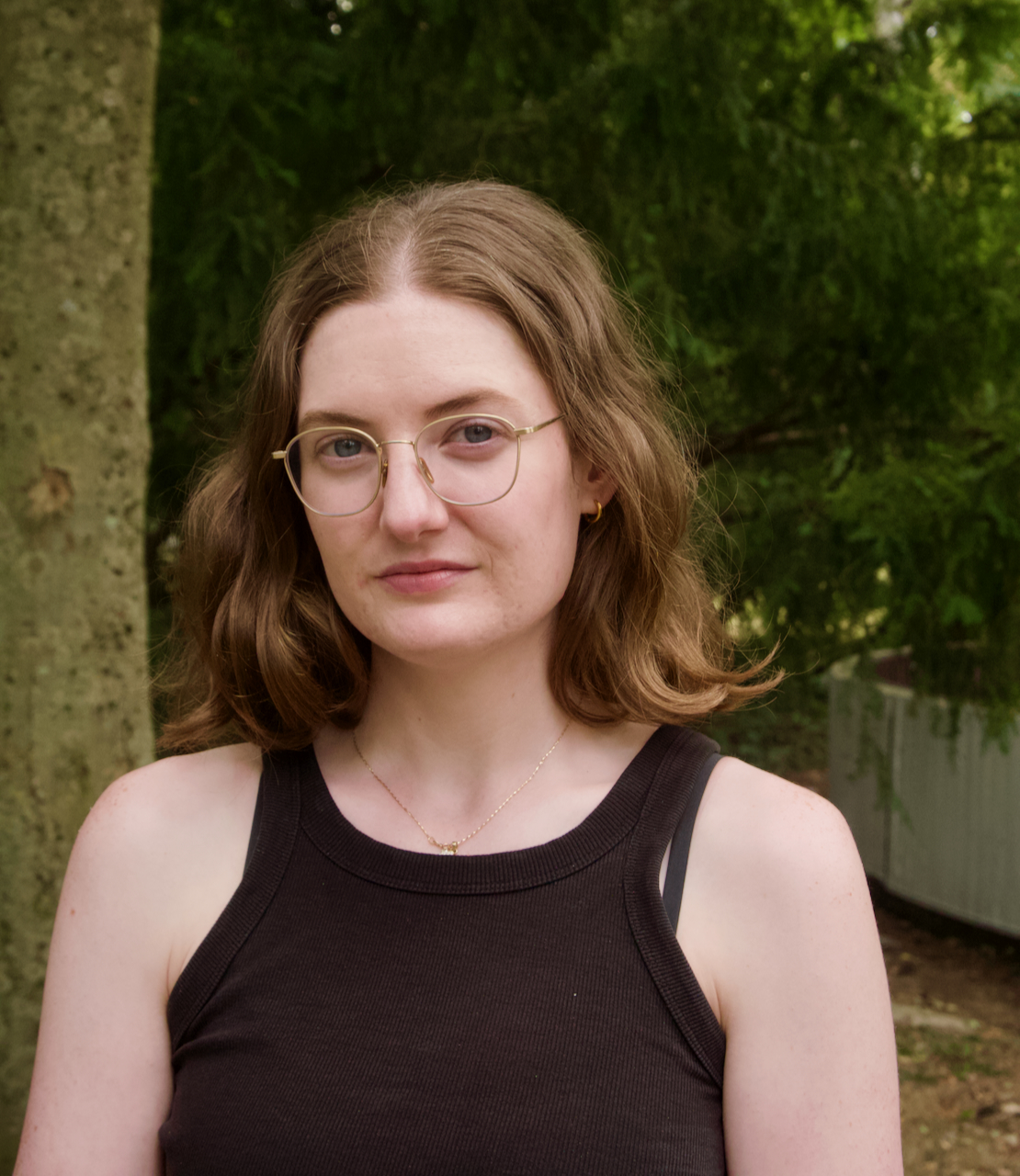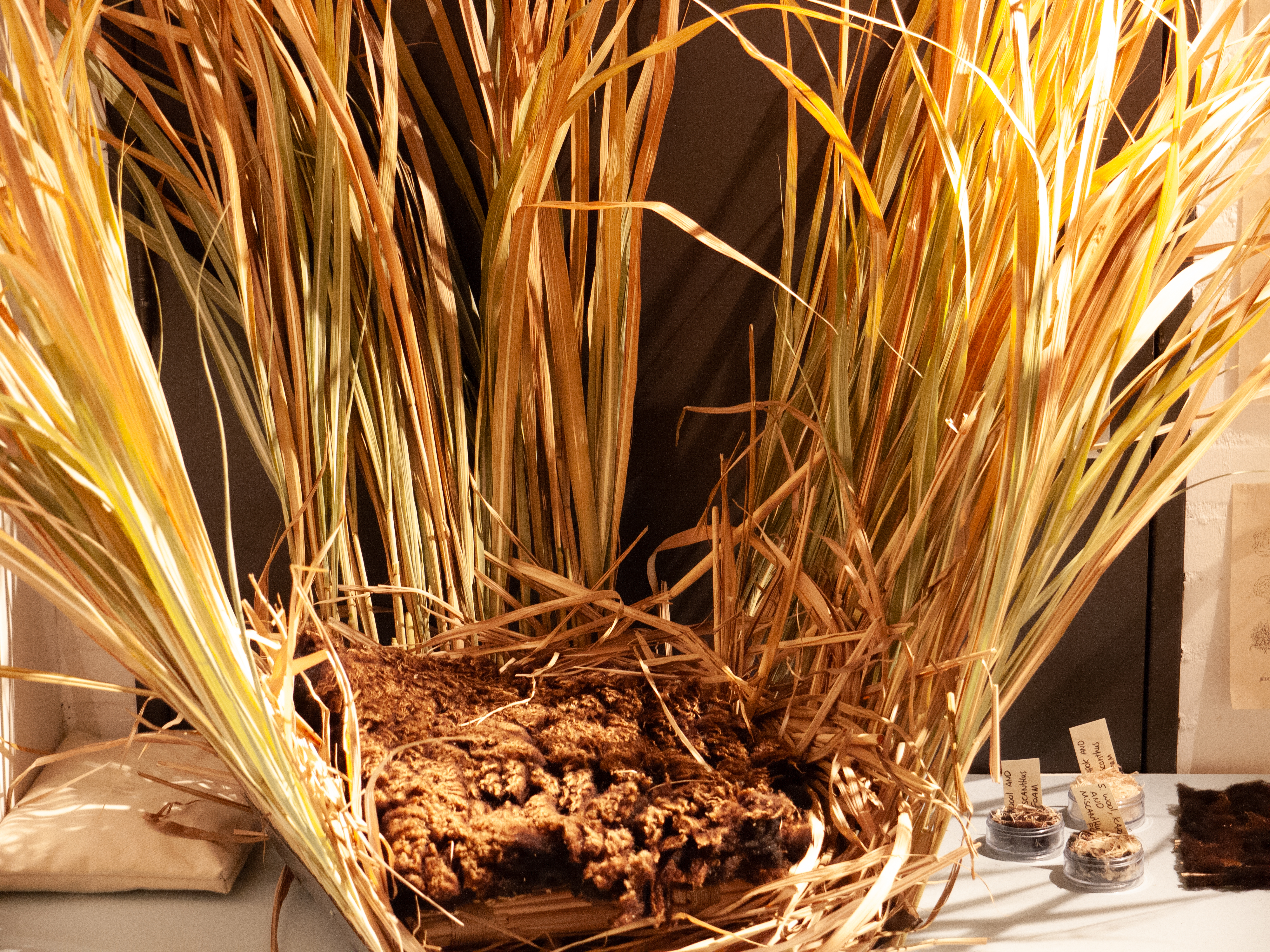Graphic Design | Graduation Series 2025
In their final year at WdKA, graphic design students Anna Frijters (20) and Chris Preda (23) are graduating not just with a diploma, but with a fully functioning card game that challenges how we read and remember propaganda. Their collaborative project, Cardstacking, is both playful and analytical - just like their working dynamic.
Anna, originally from the Netherlands, calls herself a visual researcher, drawn to archival digging, writing, and the conceptual backbone of design. Chris, who moved from Romania to study in Rotterdam, leans into the design execution with a clean, structured aesthetic. Together, they’ve found a balance that just works.
From First-Year Friends to Final-Year Collaborators
Though they met early in their studies, Anna and Chris didn’t officially team up until their final year, during a minor in visual culture within the honors program. Their collaboration began almost by accident - each working on separate projects that gradually merged. “We were both working on related themes during the minor,” Chris recalls, “so it made sense to bring our ideas together. We had the same vision from the start.”
While collaborative graduation projects are relatively rare in departments outside of Animation, Anna and Chris saw their final year as the perfect chance to team up. “There wasn’t really a clear roadmap for collaboration in our department,” Anna says. “But we saw the opportunity and just went for it.”
A Game of Symbols, Misinformation, and Context
Their graduation project, Cardstacking, is a tabletop game that explores how symbols - especially in propaganda - gain and shift meaning. Players are given cards representing historical events, symbolic imagery, and associated interpretations. Through collaborative discussion, they attempt to reconstruct a deconstructed propaganda poster.
“We want players to become more critical and analytical,” Anna says, “to really think about where symbols come from and how context changes meaning.”
The concept draws on each of their research interests. Chris investigated flawed archival practices, while Anna focused on the absence of context in political imagery. “We initially thought of making a printed publication,” Chris says. “But that felt too safe for both of us. Turning it into a game felt like a more engaging, unexpected direction.”
Though the game begins with historical symbols from WWI and WWII, they’re already planning expansion packs that address contemporary issues - like political memes, digital symbolism, and internet culture. “Symbols like Pepe the Frog have been reappropriated in ways that echo old propaganda techniques,” Anna explains. “We’re interested in how seemingly innocent images take on dangerous meanings.”
The Learning Curve of Game Design
Designing a functional game turned out to be more complex than they expected. “It’s our first time making a real game, and it’s more than just aesthetics,” says Chris. “We had to balance artistic expression with clarity and playability.”
“There are rules that make a game readable,” he adds. “You can’t just make beautiful cards—you have to think about how players will interpret and use them.”
They’ve hosted multiple playtesting sessions with students from various disciplines to gather feedback. “Sometimes you forget how much you already know about your own project,” says Anna. “So when people start playing, you realize what you still need to explain better.”
The process is iterative and ongoing. They’re currently developing a second prototype based on feedback from testers, refining both the mechanics and visuals.
Growing with the Academy
Both Anna and Chris credit WdKA for helping them grow—not just as designers, but as people.
“WdKA taught me how to present and speak up,” Anna reflects. “In the beginning, I was intimidated. Now I’m confident sharing my work - even in front of a room full of strangers, or in an interview like this one.”
Chris shares a similar experience. “Coming from Romania, where graphic design isn’t a common academic path, I was nervous at first. But here, I found the freedom to try, to fail, and to learn. That mindset changed everything.”
What Comes Next?
After graduation, Anna hopes to continue her journey in research and history. She’s applied to study Art History at Utrecht University, and dreams of working in museums or archives. “During my internship in Gouda, I realized how much I love archival work. That’s where I see myself.”
Chris, on the other hand, plans to stay in the Netherlands and pursue opportunities in the music industry, combining his design skills with his love for sound. “I’ve been designing merch and music-related visuals on the side. That’s where I want to grow.”
Advice for Future Graphic Designers
Their advice for first-years and future grads? “Graphic design can be anything,” Anna says. “Don’t limit yourself. Try print, try performance, try making t-shirts. Explore while you have the time and resources.”
Chris adds: “Make space for your personal interests. Not everything has to be an assignment. Let your passion guide your work too - that’s what keeps it meaningful.”


